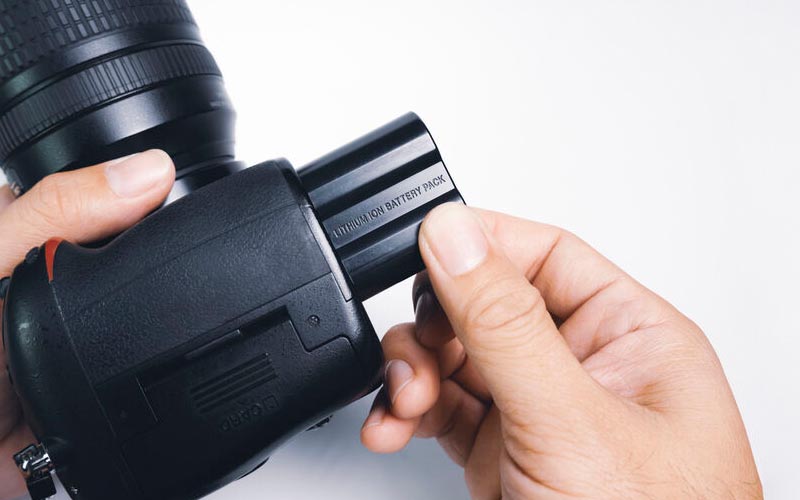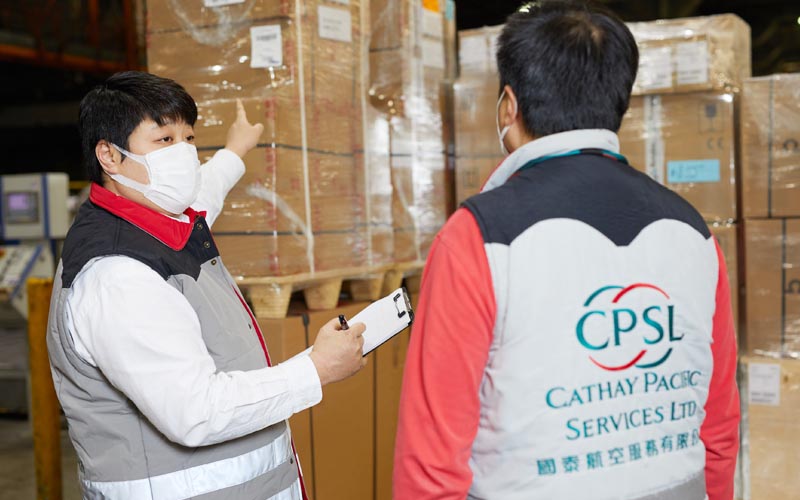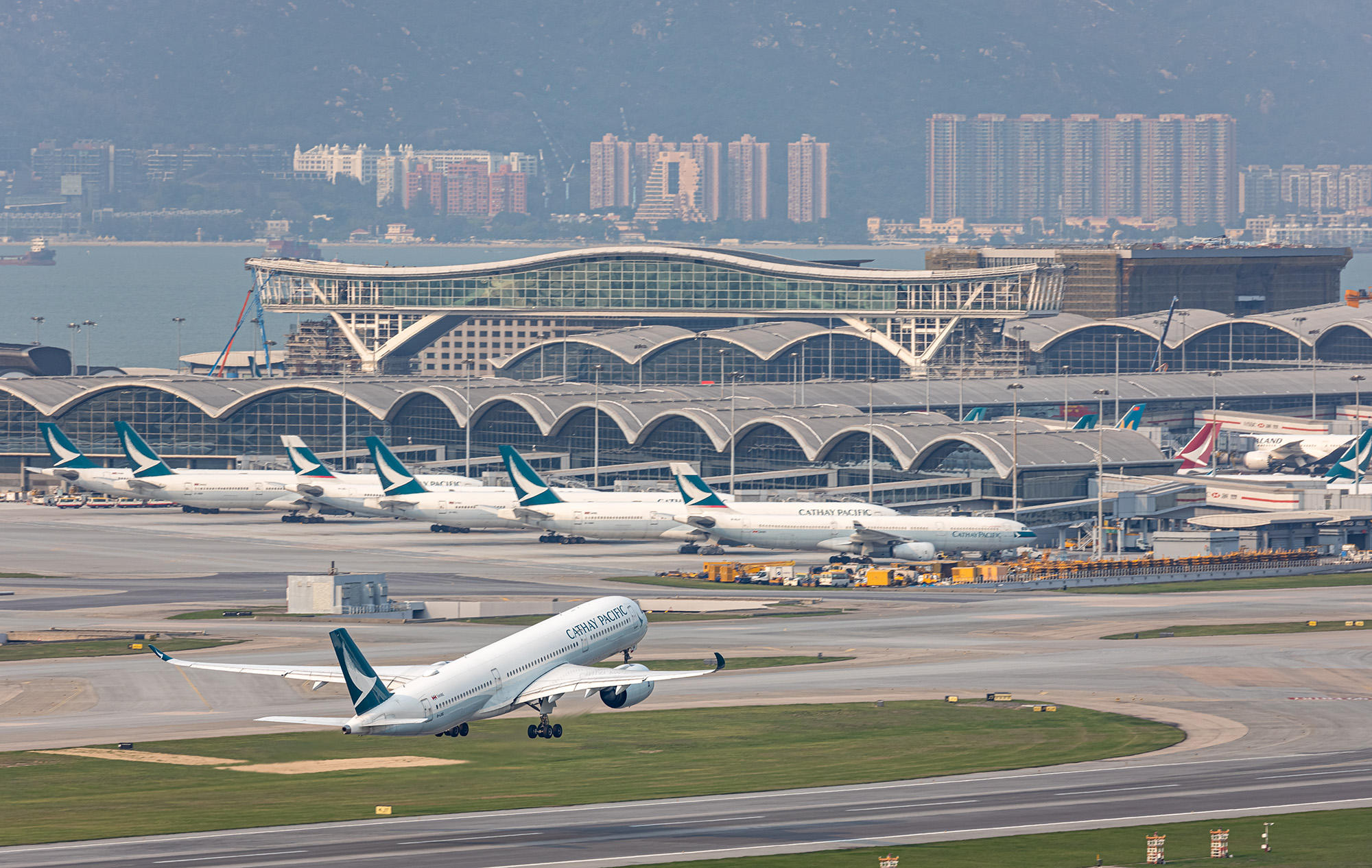Whether they’re inside our mobile phones, laptops, cameras, wireless headphones or myriad other electronic devices, lithium-ion (LI) batteries power much of 21st-century life. But as their usage escalates by as much as 30 per cent each year, so too do incidents in transit because of goods being misdeclared or mishandled. This means bridging the gap between factory and consumer can be a challenging process for those involved in logistics.
The industry has worked to design and implement policies, processes and regulations for the safe carriage of LI batteries, culminating in IATA’s Dangerous Goods Regulations (DGR). But with safety as aviation’s top priority, the increasing use of batteries in so many consumer goods, and the rise of e-commerce, there is a sense that there needs to be more statutory and standardised backing to eliminate as much risk as possible.
At its annual conference in June, IATA called for international government support to help implement global standards and information-sharing to crack down on those who put transport infrastructure – and lives – at risk.
‘Airlines, shippers, manufacturers and governments all want to ensure the safe transport of lithium batteries by air,’ said Willie Walsh, IATA’s Director General. ‘There are some areas where the leadership of governments is critical. Stronger enforcement of existing regulations and the criminalisation of abuses will send a strong signal to rogue shippers. And the accelerated development of standards for screening, information exchange and fire containment will give the industry even more effective tools to work with.’
Even without expanded regulation, Cathay Pacific Cargo is using all the tools and handling procedures at its disposal to carry this in-demand commodity as safely as possible, while also offering as much flexibility to customers as it is able.

A growing commodity
At present, Cathay Pacific carries around 100 bulk shipments of LI batteries a week. In particular, flights from North East Asia including South Korea have taken on a large amount of LI batteries, employing the most up-to-date equipment and processes to ensure safety at all times.
Shipping LI batteries requires constant vigilance. If they are stored or handled incorrectly they can generate intense heat should they catch fire. They can continue to burn even if they are starved of oxygen, and even reignite after being extinguished. The roll-on/roll-off cargo ship Felicity Ace sank in the Atlantic Ocean in February after lithium-ion batteries installed in luxury cars in the hold ignited.
Battery shipments have special handling code CAO (cargo aircraft only) and are not allowed on passenger flights, and it was only when Cathay Pacific Cargo introduced its Fire Containment Bags, which were tested by the FAA, available in 2019 that they could be carried in specific locations on the lower deck of freighters.
Handling LI battery shipments remains a delicate matter, as Cargo Services Development Manager Nadeem Khan explains. ‘To start with, only pre-approved shippers and lithium-ion battery model shipments can be accepted.
‘When it comes to physically accepting the cargo, its shipment condition is checked in accordance with IATA’s DGR to ensure that the packaging is rigid and there is no sign of damage before it is loaded into Cathay’s fire containment equipment.’

Fire-containment solutions
There are four different fire containment equipment available for LI battery shipments – two sizes of Fire Containment Bag (FCB), the much larger Skid-size Fire Containment Bag (SFCB) and, most recently, the Fire Resistant Container (FRC). All have been designed, tested and manufactured to the highest standards. The FRC is a flame-retardant AKE ULD, which can take loads of up to 1,500 kilos and can passively contain a fire. The FCBs bags are designed to limit the supply of oxygen to any fire. The fire-containment equipment allows Cathay Pacific to serve more than 50 FCB-approved freighter stations and a similar number of FRC stations.
In practical terms and keeping safety paramount, a thorough serviceability and documentation check is conducted for each item of fire containment equipment before loading the shipment, and staff run through a list of safety measures during the build-up, including deploying a special cover for forklift blades to prevent the risk of damage.

Staff training and agent awareness
Khan adds: ‘All our staff are given dedicated training prior to handling LI battery shipments, and we aim to continuously improve the process by holding regular review meetings with stakeholders. We also compile a weekly report to allow us to oversee performance and take proactive control measures.’
Misdeclarations have become an increasingly tricky problem of late, which is why Cathay Pacific introduced an additional control scheme in January this year to work alongside the existing Cargo Agent Operation Programme, to help eliminate any undeclared or misdeclared dangerous goods shipments through training as a precautionary measure – and if necessary, an indemnity charge for non-compliance.
‘In doing so, Cathay Pacific was acting in concert with IATA’s DGR, which has decreed that shippers and freight forwarders must fully comply with regulations when offering a consignment of dangerous goods to an IATA member airline,’ says Florence Lam, Cargo Compliance and Dangerous Goods Manager, who is also a member of the Dangerous Goods Board at IATA. ‘The regulations also state that the articles must be properly identified, classified, packed, marked, labelled, documented and be in an acceptable condition for transport. Agents must thoroughly check, make the proper declaration and ensure the goods are packed in accordance with DGR regulations.’
Cathay Pacific is adhering strictly to IATA’s tried-and-tested DGR: and by enforcing its own rigorous policy and processes, it is doing all it can to ensure that all its shipments remain safe – and that our devices remain powered up. We will continue to work together with IATA and related authorities in driving the further enhancement of the safe carriage standard.
Find out more about Cathay Pacific Cargo’s detailed guidance about shipping lithium batteries.








